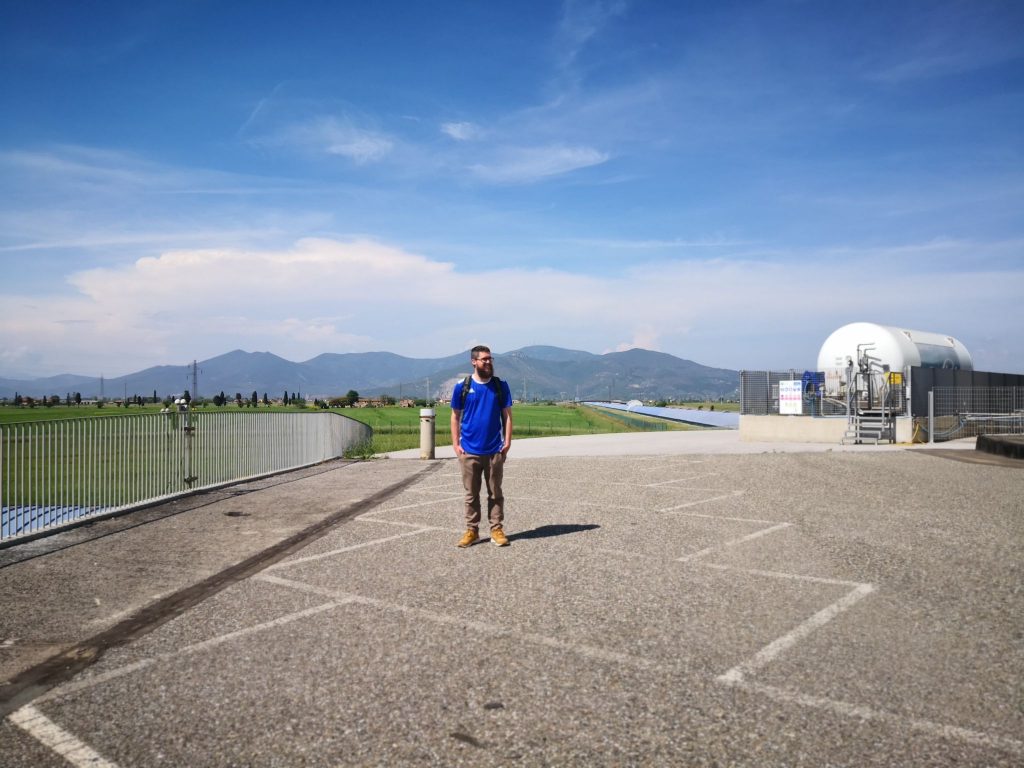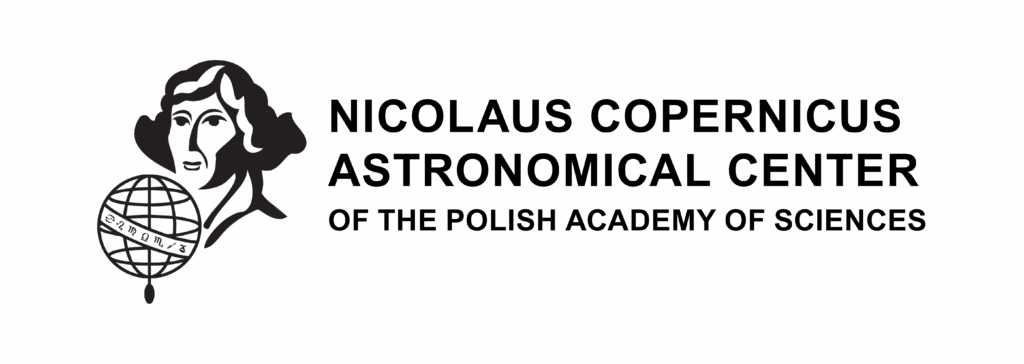On May 13-18, AstroCeNT team members – Prof. Tomasz Bulik, Dr Mariusz Suchenek, Dr Marek Cieślar and Dr Josiah Ensing – made a scientific visit to Italy.
The visit had two main purposes: to visit INFN Gran Sasso National Laboratory (LNGS) and to work on Newtonian noise system in the Virgo detector.
LNGS is an underground laboratory for neutrino and astroparticle physics. INFN will host a liquid Argon detector, and as preparation for this installation, scientists want to measure the background seismic field. AstroCeNT researchers looked over the site of the future the DarkSide-20k dark matter detector and planned the seismic installation with the LNGS engineers.
Virgo is an interferometric gravitational-wave antenna with two 3-km-long arms, which host a laser interferometer. There are various seismic sources that contaminate the interferometer output, so it is useful to have many seismometers and infrasound microphones monitoring the seismic and infrasound fields across the site. During this visit, our colleagues tested the infrasound microphones that had been installed earlier.
After the lab work, Dr. Josiah Ensing attended the European Geosciences Union (EGU) General Assembly, which brought together students, novice researchers, and experienced scientists from many countries to share their research results. EGU22 included 12,332 presentations in 791 sessions. Dr Ensing presented the findings of his research into wind generated seismic noise at Sos Enattos, related to the Einstein Telescope site selection. He also chaired the SM3 session on Ambient Seismic Noise and Seismic Interferometry.
All of the above activities were financially supported by the DarkWave project.









